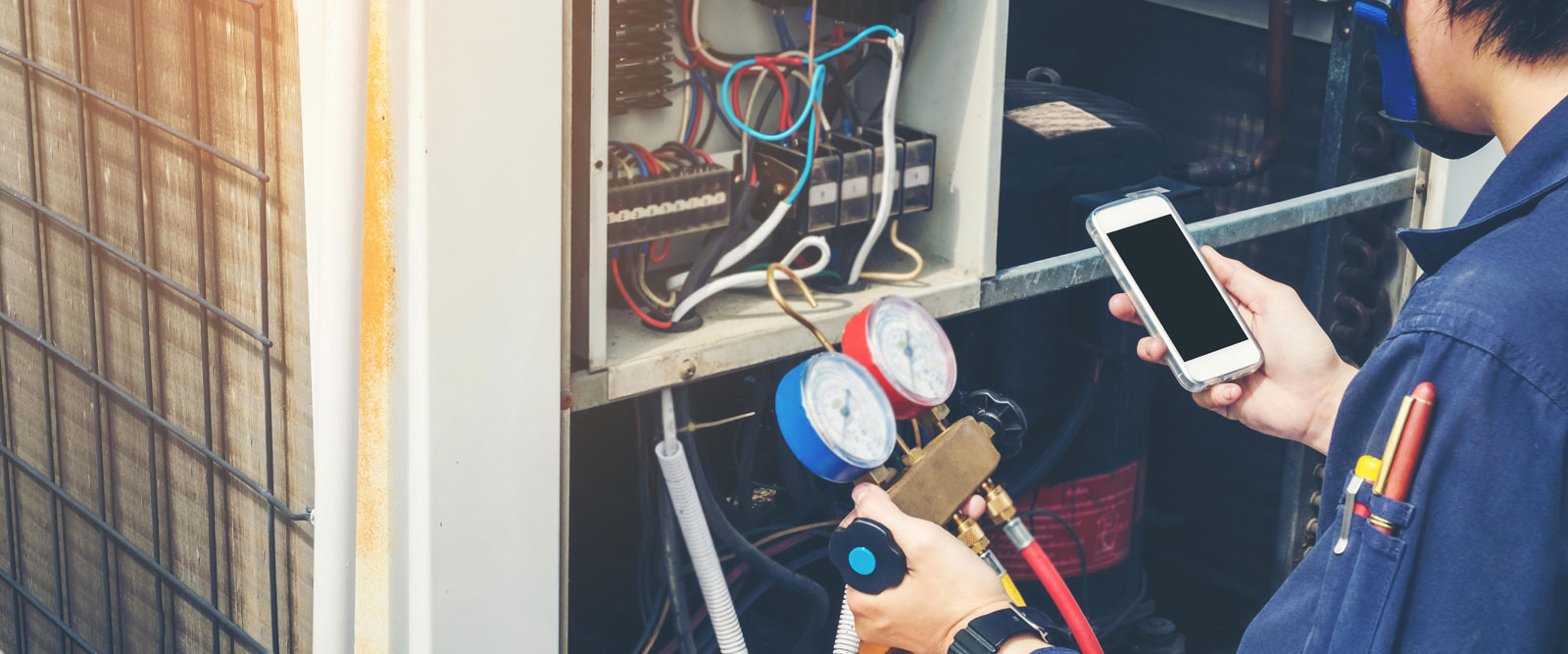AC Coil & AC Maintenance
American homeowners generally live life fast, working hard, playing hard, and relaxing when they can. Honestly, we do not prepare enough for the unexpected, and we do not prepare enough for emergencies.
One way to prepare for emergencies with your air conditioner is to complete regular AC Coil preventative maintenance—basically, keeping it clean. The most essential aspect of cleaning an HVAC system is cleaning the two sets of coils.
Heat Pump Technology 101
Modern HVAC systems use heat pumps to literally move heat from one location to the other. When the pressure on compressed refrigerant gas is suddenly released, it gets extremely cold. The air conditioner moves the cold into your home.
The same process collects the heat from your home and releases it outside. The works horse components for this process are two coils—the evaporator coil and the condenser coil.
The Evaporator AC Coil
The evaporator AC Coil is located inside the central air cabinet. If you open up the panel, you find an inverted “V” constructed of copper or aluminum tubes; the tubes have extremely thin fins close enough to look almost solid.
Compressed gas is released into the evaporator coil and the evaporator coil gets really cold. The evaporator begins to release the cold, collecting heat and humidity. Moisture condenses on the very cold coils and drains away.
The Condenser AC Coil
The condenser AC Coil is located outdoors and looks like a cabinet with a fan in the center. The coils make up the cabinet walls, aluminum tubes with very thin fins. The condenser receives the hot refrigerant gas, very hot gas… It is imperative that the heat be released as soon as possible. When the gas is cooled, it is compressed again and returned to the evaporator coil.
The Key to AC Coil Maintenance
Both coils have very thin metal fins completely surrounding the tube. The fins allow heat to move much quicker than the tubing alone. In both coil systems, air moves freely between the fins, to accelerate the movement of heat—into the evaporator coils and out of the condenser coils.
This airflow is absolutely essential for the process to work properly and there is one major problem for both coil systems—dirt and debris that fills the spaces between the fins.
- Evaporator coils are constantly moist, removing humidity. Anything airborne will stick to the fins and reduce the airflow. A dirty air filter increases the number of airborne particles, so make sure to change your filter regularly.
- Condenser coils are at the mercy of weather year-round; pollen, dust, and dirt blowing around are pulled through the fins by the interior fan. Turn your lawnmower away from the condenser on each pass and clean autumn leaves and tree debris away.
A Little Dirt, Big Problems
Dirt evaporator and condenser coils lead to:
- Higher energy bills. When the coils do not transfer heat efficiently, the system must run longer and cycle more frequently.
- Poor indoor air quality. A dirty evaporator coil increases the amount of humidity removed. When the humidity rises above 50% in your home and in the ducts, it can lead to the growth of mold, mildew, and the concentration of dust mites. These can trigger asthma and allergies; family members with breathing problems might struggle with the increase in organic airborne particles.
- Reduced comfort. If the air conditioner is not functioning well, it takes longer to cool the house and makes it feel muggy and stuffy. Surfaces may feel sticky.
- Reduced life expectancy. Dirty coils put stress on every part of the HVAC system. This will lead to more repairs and shorten the functional life of your system; a well-maintained system often lasts 5 to 10 years longer than a poorly maintained system.
Cleaning AC Coils is Easy
Cleaning dirt, dust, and debris from the coils is the same indoors and outdoors. Use a spray bottle with a little white vinegar and water to gently remove dust from the evaporator coil.
The drain pan will collect the dirty water and remove it from the house. Use a garden hose (do not use a power washer) to gently rinse the dust and pollen out of the condenser coil. Make sure to keep leaves raked away from the condenser.
Let us help you keep your AC Coil performing at its best
Let us help with your AC Coil Maintenance. Call Doctor Cool & Professor Heat today at 281-338-8751 or email Doctor Cool and let our professional AC Coil Maintenance technicians assist with all of your Air Conditioning Issues.

